Bucket gardening is one of the easiest, most practical ways to grow your own, even with a tiny outdoor space
Repurpose your empty containers to create a flourishing garden of flowers and home-grown veggies and herbs anywhere, even when you don't have access to a yard
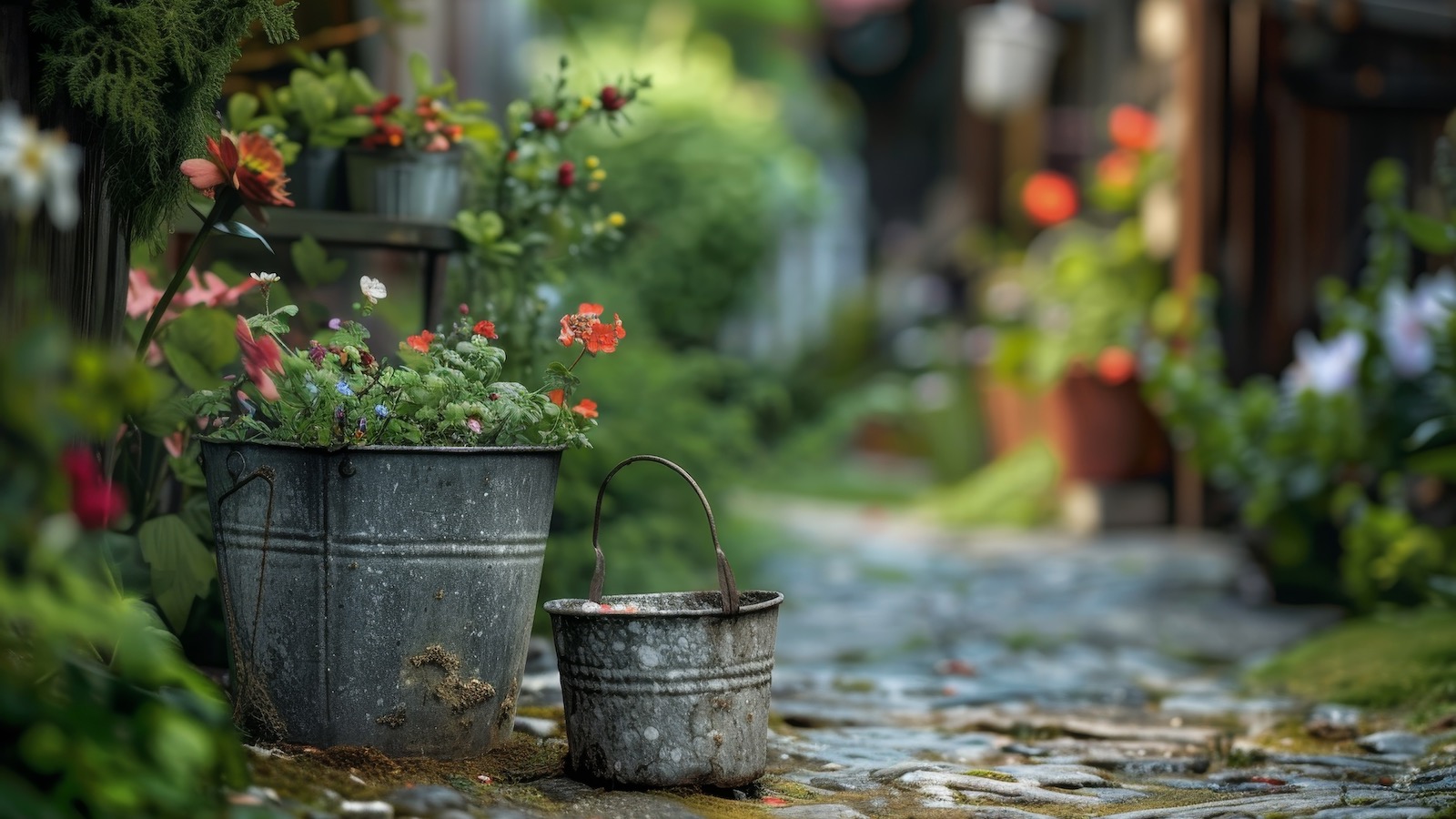

The bucket is a gardening essential when it comes to fetching and carrying, whether it's water, earth, new bulbs to be planted or weeds for the compost heap.
But there are more uses to it than just being a portable pail. It can become a compact container garden for cultivating flowers and vegetables in the smallest of spaces. This repurposed receptacle is ideal for those who don’t have the luxury of a large yard to plant in. Or green-minded gardeners who want to get more use out of something at risk of being thrown away by turning it into a planter.
We asked experts how to get started with bucket gardening, and transform an empty pail into a flower or vegetable bed, filled with fragrant flora or flavorful home-grown produce.
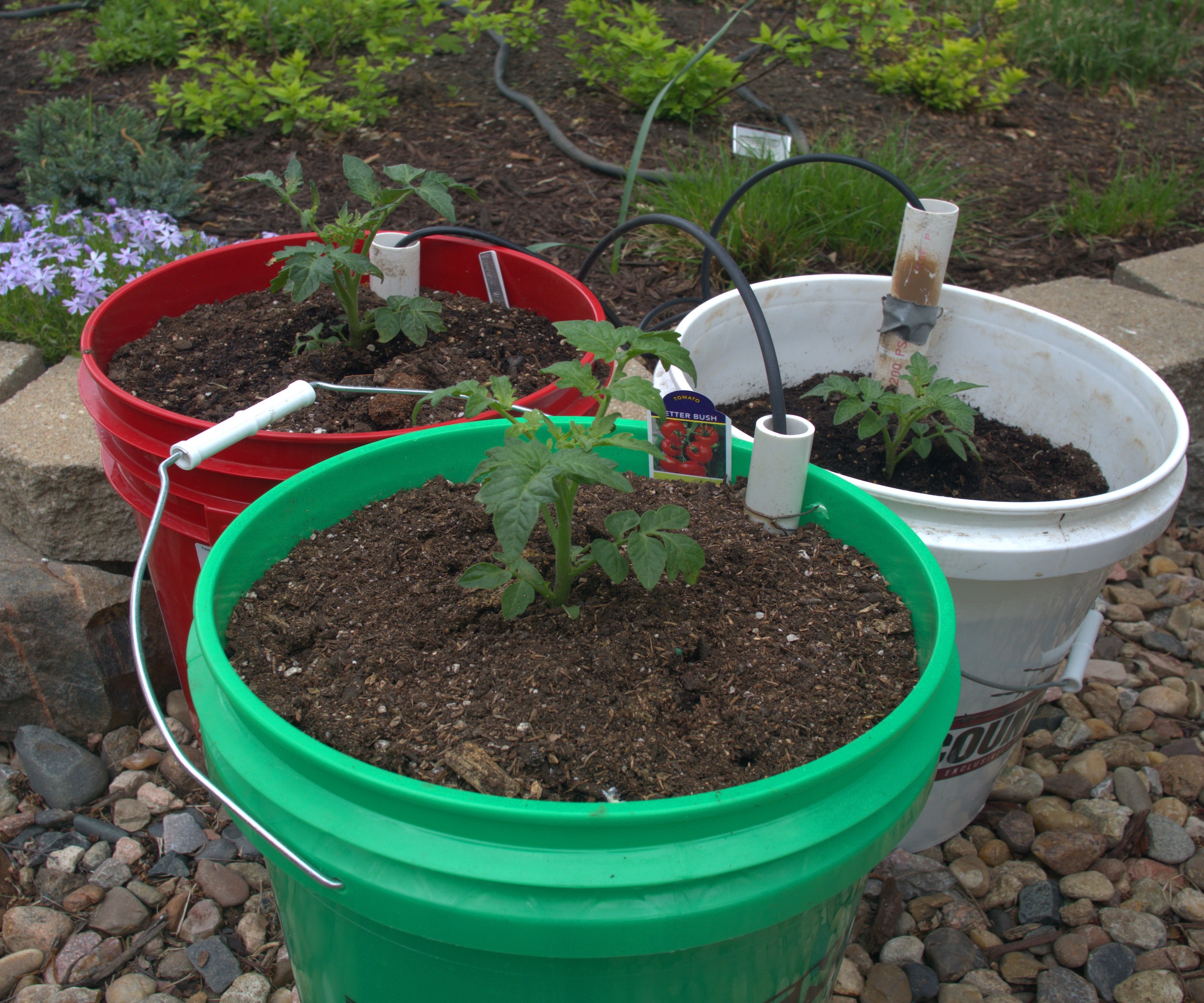
What is bucket gardening?
'This is a method where plants are cultivated in containers such as household buckets,' says Ryan Harden of The Harden Garden.
'It challenges gardeners with limited access to the outdoors, such as those who live in apartments or urban settings, as it allows for the growing of fresh produce or flowers in small spaces, without the restriction of soil.'
'Bucket gardening has always stood out to me for sheer ease and practicality,' says Loren Taylor of Outdoor Fountain Pros. 'It's exactly what it sounds like – growing plants in buckets or similar containers. It's almost too simple, but honestly, it's one of the best ways for people, even beginners, to jump into gardening without feeling overwhelmed.
'A client in New York City had a tiny balcony and desperately wanted to grow fresh tomatoes and herbs. I set up a few five-gallon buckets, drilled some drainage holes to keep water flowing and prevent roots from rotting, added gravel at the bottom, mixed up garden soil and compost, and planted cherry tomatoes and basil.
'Within weeks, we had thriving plants, and she was picking tomatoes off her balcony, amazed she’d never tried it before.'
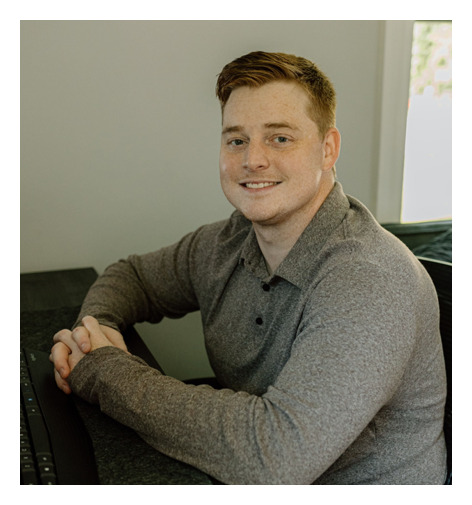
Since starting The Harden Garden in 2020, Ryan has turned a love for growing into a thriving plant business with a sustainable ethos. He is passionate about encouraging more people to embrace plant ownership, no matter how limited their space.
The owner of an outdoor water feature company, Loren is an expert in creating harmonious outdoor designs. With nearly two decades of experience, he has a deep knowledge of plant species, soil conditions, and sustainable gardening practices.
What you will need
One of the beauties of bucket gardening is that so little is needed to start, especially if you already have access to a large, empty container that you don’t want to throw in the trash.
'Ordinarily, five-gallon buckets do a great job. However, any clean container that has a depth of 12 inches could be quite helpful. They should be food-safe if edibles are to be grown,' says Ryan.
A five-gallon bucket that can be used to store food in, like this durable, all purpose pail from Amazon, is perfect for growing produce in.
'For soil, it is better to use a lightweight potting mix instead of garden soil, as it allows for better aeration,' he adds.
Potting soil, such as Esbenshade's professional lightweight potting soil from Walmart, can create the perfect environment for plants to thrive.
Feed your crops with a balanced fertilizer, like Greenview multi-purpose and starter fertilizer 13-13-13 from Lowe’s, for the best results.
'Granular fertilizer will be helpful in providing nutrients throughout the growing season,' says Ryan, 'and a watering can is critical as containers tend to dry out faster than garden beds.'
Holding two gallons of water, this Threshold steel watering can with ivory powder coating from Target is stylish and practical.
Best crops to grow in buckets
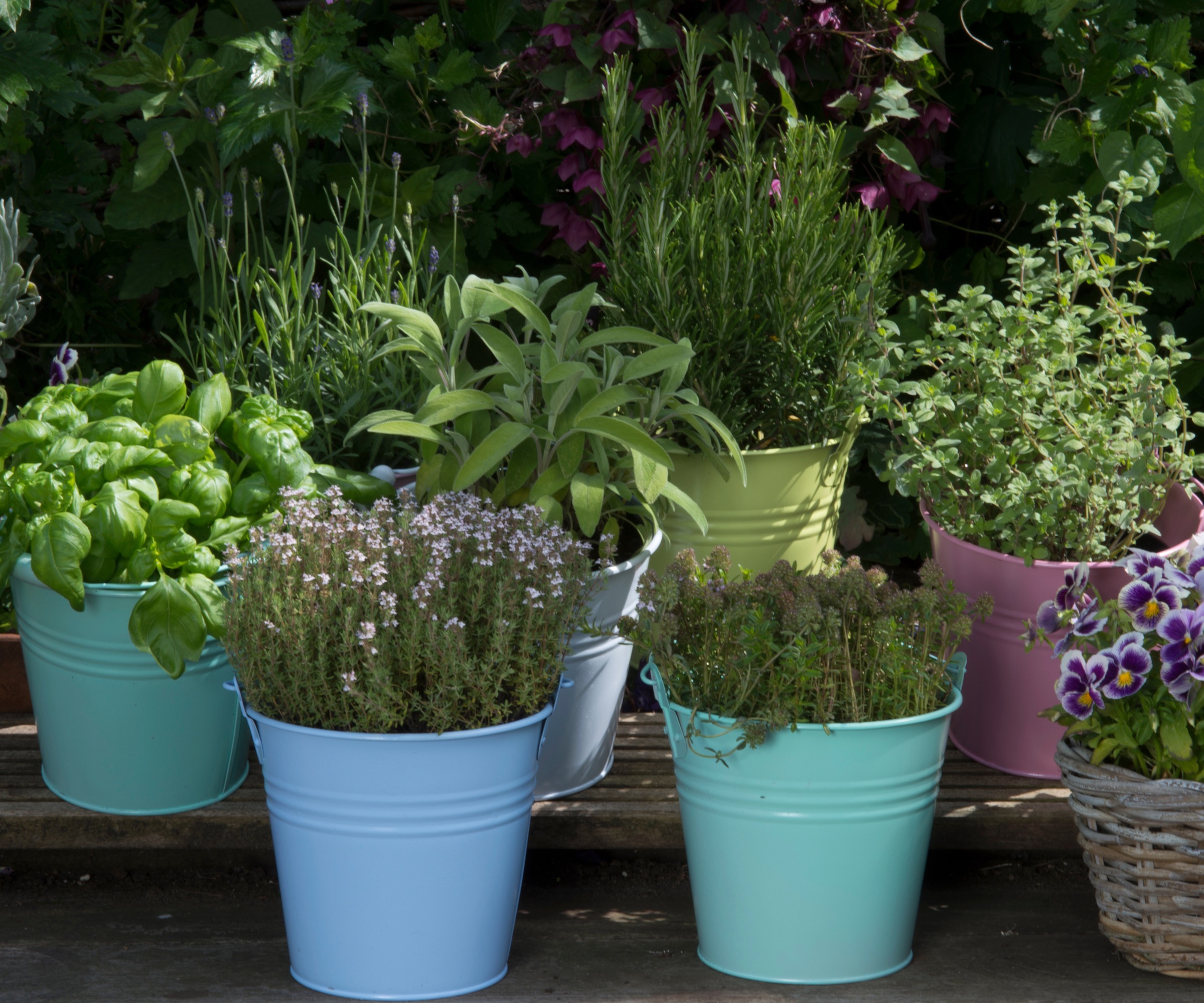
'What’s great about bucket gardening is you can grow almost anything,' says Loren. 'Veggies like tomatoes, peppers, cucumbers, and smaller varieties of eggplant do wonderfully. Herbs – think basil, mint, thyme.
'Flowers thrive, too. Marigolds, petunias, geraniums, and even dwarf sunflowers look fantastic. Once, I even had a client successfully grow a small citrus tree in a bucket. The key is picking the right plant variety. Stick to smaller or dwarf varieties, and you’ll rarely go wrong.'
'I’d also recommend spinach, lettuce, radishes, and carrots, and herbs like cilantro, chives, and parsley,' says Ryan. 'These plants meet an easy care/high productivity ratio while remaining compact.'
Small and tasty tomatoes that don’t need cages or stakes, such as Baxters Bush cherry organic tomatoes from Burpee, are ideal for the bucket garden.
How much space do you need?

'Single bucket gardening requires less than one square foot of space,' explains Ryan. 'Plants can also be stacked horizontally on shelves or vertically on stands which saves more floor area.
'This is why it’s convenient for city dwellers or would-be gardeners with limited outdoor space.'
You can also use trellises to grow cucumbers or peas vertically, like on these 2-in-1 plant cages and supports from Amazon, which can be configured to suit your needs.
How to maintain a bucket garden
Having only a contained, elevated area to tend makes upkeep of your miniature garden a simple task, says Loren.
'Since the buckets are raised, you don't have to kneel or strain your back, a big plus for if you have mobility issues or are just tired of bending over garden beds.
'Plus, pests become easier to manage. I've noticed fewer slug invasions and fewer rodents since containers are separate from the ground.'
You can also make your bucket mobile by placing it on a rolling plant stand, allowing you to move sun-loving plants around for optimal exposure or to a more sheltered spot in harsh weather.
Give your bucket wheels to follow the sun, with a plant caddy like the allen + roth 17in black metal plant caddy from Lowe's.
Containers tend to dry out quickly, so need regular watering for flowers and crops to flourish.
'My tip is to place a bowl under the buckets, as it will cut back the amount of pot watering needed,' advises Ryan.
FAQs
Can you grow mushrooms in buckets?
'The bucket technique is one of the most reliable methods to grow oyster mushrooms quickly and on a predictable schedule.' says Matt McInnis, co-founder of North Spore, a Maine-based online mushroom supply store.
'It’s sustainable, beginner friendly, and easy to scale up. North Spore actually began as an urban mushroom farm that grew all of its mushrooms in buckets. They can be grown in all shapes and sizes of containers on a range of dead or decaying organic materials such as livestock manure, straw, wood chips and even coffee grounds.'
Having access to a small outside area shouldn't limit your gardening ambitions. Read our guide on how to make maximum use of your space with small raised beds for compact gardens and vertical growing for even more grow-your-own inspiration.
Sign up to the Homes & Gardens newsletter
Design expertise in your inbox – from inspiring decorating ideas and beautiful celebrity homes to practical gardening advice and shopping round-ups.

Alison is a contributing gardens writer for Homes & Gardens, writing on a range of topics from plant care to garden design. She has recently landscaped the outside space of her Victorian home, replacing crazy paving and cracked slabs with new lawn, and is currently cultivating a fruit bed.
You must confirm your public display name before commenting
Please logout and then login again, you will then be prompted to enter your display name.
-
 Is your home making you tired? Experts reveal how to fix these 7 'energy sink spots' for an instant energy boost
Is your home making you tired? Experts reveal how to fix these 7 'energy sink spots' for an instant energy boostIt isn’t all to do with your sleep schedule
-
 Taylor Lautner's Japanese-inspired dining table offers insight into how we're hosting in 2025 – the inviting trend favors cozy, informal entertaining
Taylor Lautner's Japanese-inspired dining table offers insight into how we're hosting in 2025 – the inviting trend favors cozy, informal entertainingTay and Taylor Lautner hosted a dinner party on a low Japanese table, signifying the shift towards more casual dining experiences for 2025